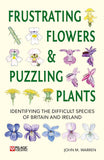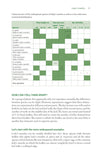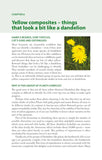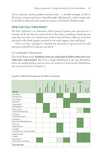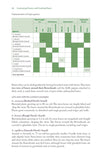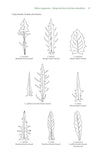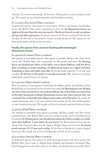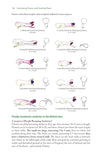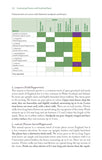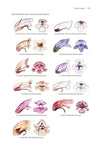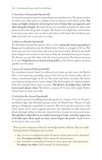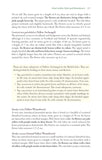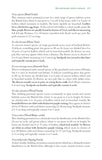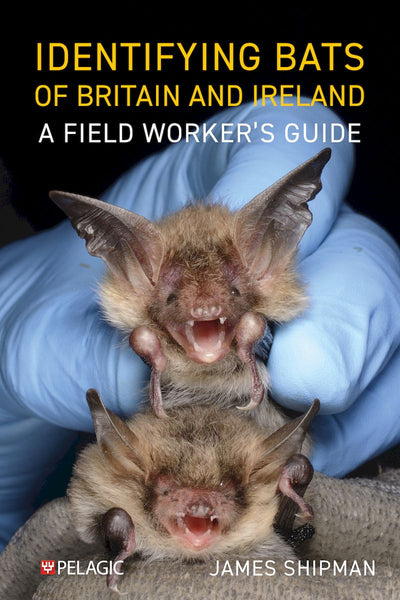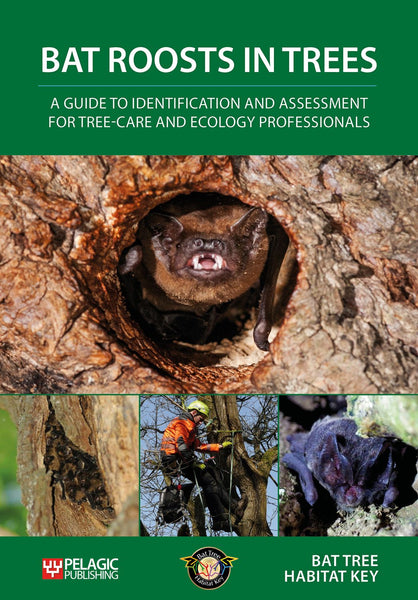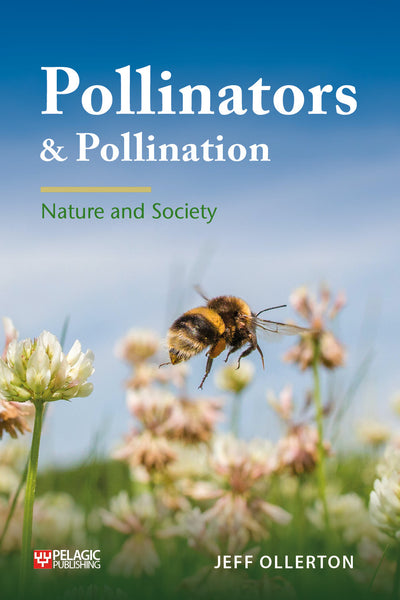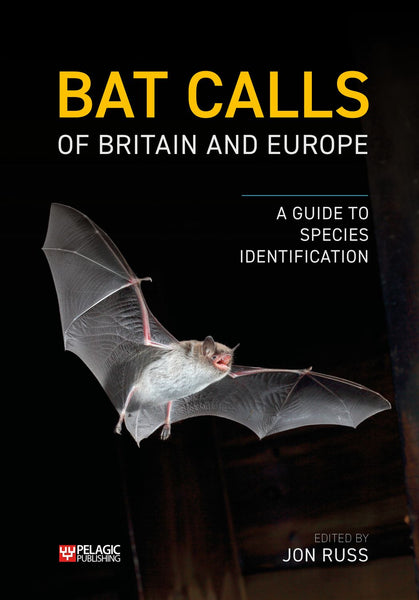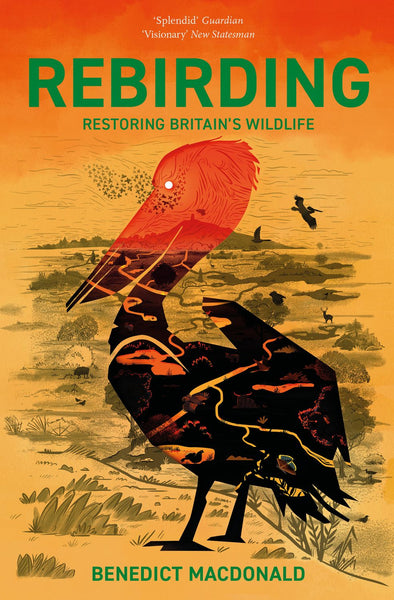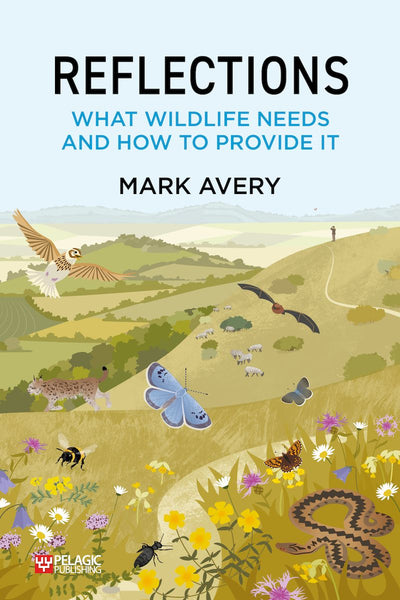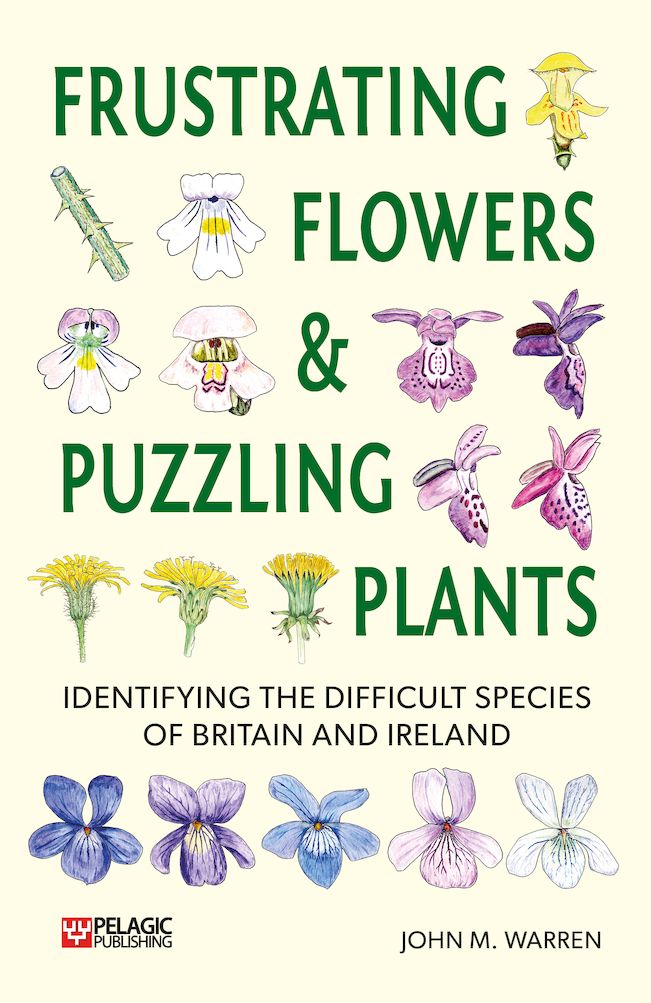
Frustrating Flowers and Puzzling Plants
Identifying the difficult species of Britain and Ireland
- Covers all the main difficult groups of Britain and Ireland in a clear, accessible style.
- The tabular keys are much easier to use than conventional dichotomous keys.
- Key diagnostic features are illustrated in simple, no-nonsense diagrams.
- This well-illustrated, accessible field guide to the UK’s difficult plant groups is a joy to read and easy to use.
—Dr Colin Clubbe, Senior Research Leader, Kew Gardens
- botany
- flowers
- plant ID
- plant taxonomy
- plants
- wildflowers
Description
If you have tried to identify wildflowers, you'll already know exactly what is meant by the main title of this book. Although a lot of plants are relatively straightforward to recognise, many others are not. Standard wildflower books tend to provide as much guidance with identifying the easy and distinctive as they do with complex, tricky species. This ingenious book is designed to come to the rescue of the exasperated novice botanist and to help those more experienced who might be stuck on unfamiliar and complex groups.
From willows to water-crowfoots, from eyebrights to dandelion look-a-likes, all of us have struggled with baffling specimens or the seemingly cryptic. Presented here is a fresh new approach to identifying difficult plants by giving you an understanding of the biology behind their complexity. In simple language, you will be directed to the particular parts of the plant that you need to look at most closely. The tabular keys are more user friendly and evolutionarily valid than conventional dichotomous keys, which are often confusing and unwieldy. Each chapter contains illustrations of the plants' key diagnostic features, rather than of entire plants. Other novel aspects include coverage of the historical recognition of complexity within each group, which is used to inform debate about the level of resolution that may be most appropriate for your needs.
This accessible guide is the perfect chance to get to grips with that challenging group you keep saving for 'next year' or for untangling a botanical mystery which keeps repeating itself.
Table of Contents
Foreword
Preface
Acknowledgments
SECTION I. APOMICTIC SPECIES: SPECIES THAT PRODUCE SEEDS WITHOUT SEX
1 Brambles
2 Dandelions
3 Lady’s-mantles
4 Sea-lavenders
5 Whitebeams, rowans and service trees
6 Yellow composites – things that look a bit like a dandelion
SECTION II. HYBRIDS: SPECIES THAT HAVE SEX WITH OTHER SPECIES
7 Docks and sorrels
8 Pondweeds
9 Roses
10 Marsh-orchids and spotted-orchids
11 Water-crowfoots
12 Willows
SECTION III. INBREEDERS: SPECIES THAT HAVE SEX WITH THEMSELVES
13 Eyebrights
14 Fumitories
15 Violets and pansies
16 Short white-flowered crucifers: cresses
17 Tall yellow-flowered cabbages, mustards, rapes and rockets
SECTION IV. POLYPLOIDS AND RAPIDLY EVOLVING SPECIES
18 Broomrapes
19 Forget-me-nots
20 Speedwells
SECTION V. SUCCESSFUL FAMILIES WITH LOTS OF SPECIES
21 Dead-nettles, mints and woundworts
22 Blue and purple vetches and peas
23 Umbellifers: carrots, parsnips, Hemlock etc
Glossary
Index
Reviews
- This well-illustrated, accessible field guide to the UK’s difficult plant groups is a joy to read and easy to use. The reasons behind the plants’ complexity are clearly explained and the use of tabular keys is an excellent tool which directs you quickly to the most reasonable identification of your plant challenge. This book will be appreciated by both casual and specialist botanists because of its clear, engaging, authoritative prose, focused detail and accurate illustrations.
—Dr Colin Clubbe, Senior Research Leader, Kew Gardens - This hugely helpful book teases out the trickiest groups and adds the kind of nuanced detail on growth form, morphology and habitat that the ‘standard’ books can’t deliver. I’ll be using it in my own work to finally tackle those difficult brambles, but will also use it as a teaching aid for my students to help them see into the subtler aspects of the botanical ID process. This is the closest a book could get to actually being in a room with a plant ID specialist.
—Dr Sarah Dalrymple, Co-Chair, Skills and Training Committee, Botanical Society of Britain and Ireland - How many times have we snapped our wildflower guides shut in frustration, defeated by docks or muddled by marsh-orchids? Well - dare I say it - this book might just finally be the answer we’ve all been waiting for. It's beautifully illustrated, easy to use and so desperately needed - I’m really excited to finally sort out those hawkbits and hawk’s-beards!
—Leif Bersweden, author of Where the Wildflowers Grow - Frustrating Flowers and Puzzling Plants is a fabulous new guide for understanding those tricky groups that you have left at the end of your visit, pressed mournfully in a folder marked 'to be confirmed'. I love the summary tabular character matrices, the clear illustrations and quirky facts dropped into each introduction. I thoroughly endorse this fabulous book and look forward to sharing it with my own students.
—Sue Dancey, Identiplant Tutor - John M. Warren's book tackles the trickiest of taxonomies, helping us understand our umbellifers and suss out our speedwells. It's funny, clearly written and absolutely fascinating.
—Nic Wilson, The Guardian country diarist - A really useful and readable book which gives you all the fine detail and understanding that is missing from your typical wild plant ID guide.
—David Swales, BNA News Bulletin - People who grow and photograph orchids, particularly indigenous ones, often have an interest in the other wildflowers that grow with them. This book gives a unique method of getting to grips with them.
—Isobyl la Croix, The Orchid Society of Great Britain Journal - ...extremely professionally designed... The compiled identification guides, although based on the flora of Great Britain and Ireland, can also be useful in Central Europe. This is helped not least by the clear characteristic tables and the colored sketches... The appealing layout could, especially for beginners, alert them to the critical groups and the problems involved early on, and encourage in-depth study.
—Bernd Sauerwein, Kochia
About the Author
John Warren has had a long academic career researching the origins of botanical diversity and promoting public understanding of science. Having been Professor of Botany at Aberystwyth University, in 2016 he became Vice Chancellor of the Papua New Guinea University of Natural Resources and Environment. Now retired back in the UK, he is an Associate Tutor for the Field Studies Council.Bibliographic Information
 296 pages
296 pages - Colour photos, line drawings
- BISAC SCI011000, SCI087000, NAT013000, NAT026000
- BIC PST, WNP, PSAB






